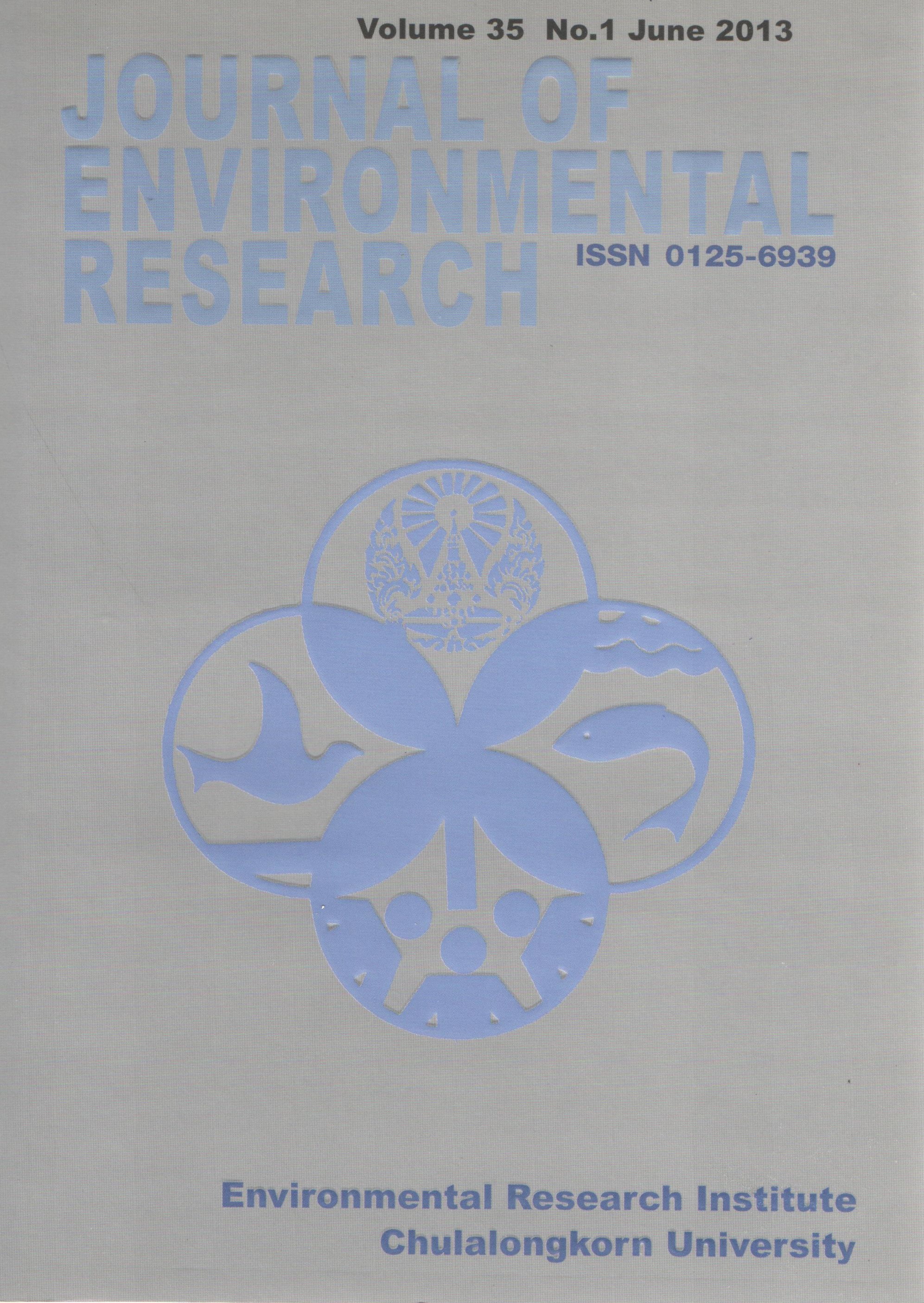Livelihood Dynamic in Semi Arid Communities: Adapting to Climate Change around Kainji Lake, Nigeria
Main Article Content
Abstract
The consequences of climate change and extreme meteorological events, particularly for rural dwellers is the collapse of many natural resource based livelihood systems. Thus as an adaptation strategy, many households often need to change their major occupation or supplement it with some other jobs that may be less vulnerable to during extreme weather conditions. This study examines livelihood diversification consequent on climate change and/or extreme weather events in the semi-arid regions of Nigeria. This is with a view to determining the sustainability of adaptation strategies among rural dwellers. Using a mixed method approach, Focus Group Discussion sessions and structured questionnaire were used to obtain information from 150 rural households in five communities around Kanji Lake, Nigeria. The study reveals that rural dwellers were aware of the abnormal change in temperature and the interruptions in the rainfall regime to which they were acquitted. Moreover, about 62 % of farming households in the sampled communities indicated having changed their major occupation or supplement it with some jobs that were daily paid and less vulnerable during extreme weather conditions. The new occupations also yielded higher income that what farmers earned previously.
Article Details

This work is licensed under a Creative Commons Attribution-NonCommercial 4.0 International License.
Published articles are under the copyright of the Applied Environmental Research effective when the article is accepted for publication thus granting Applied Environmental Research all rights for the work so that both parties may be protected from the consequences of unauthorized use. Partially or totally publication of an article elsewhere is possible only after the consent from the editors.

